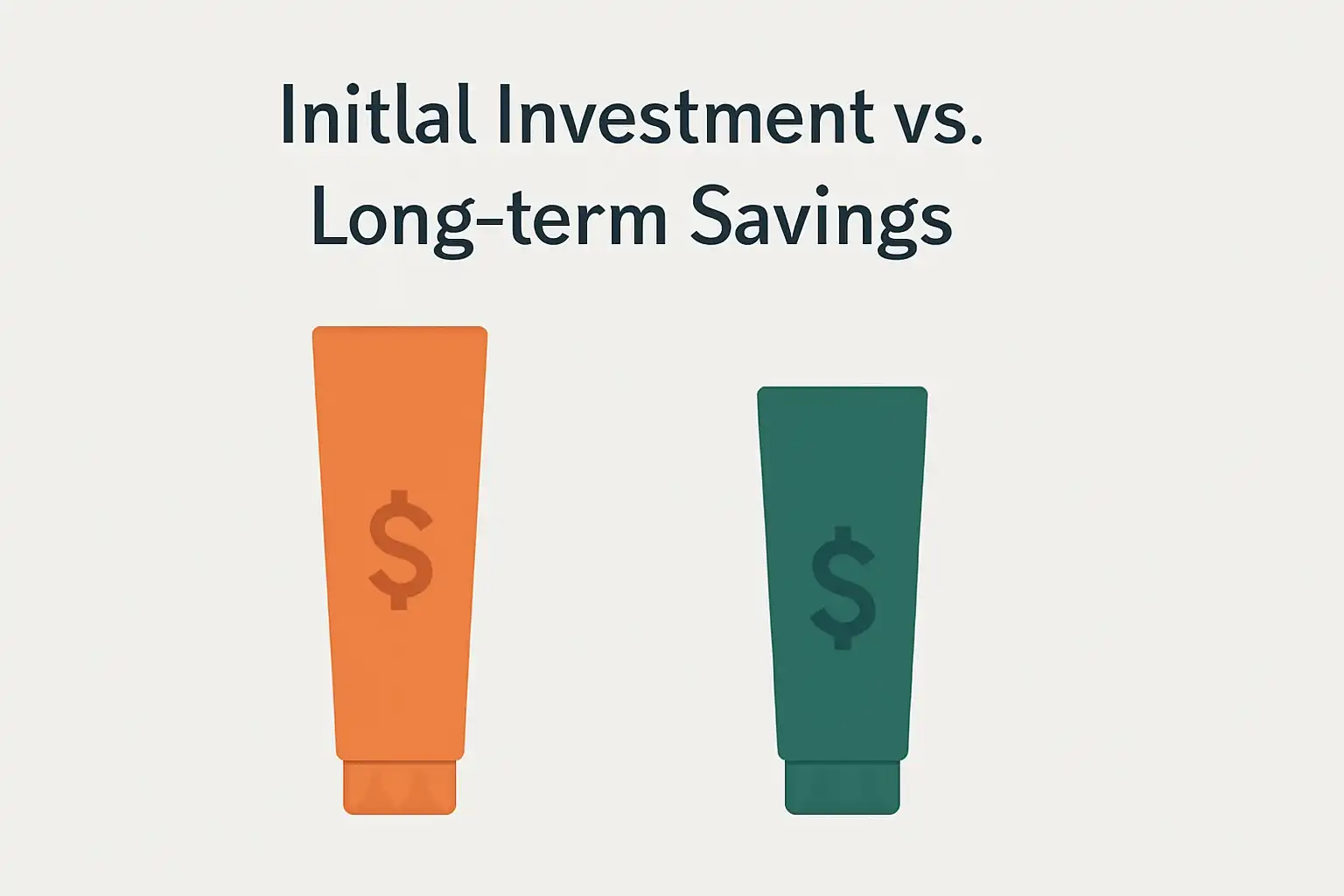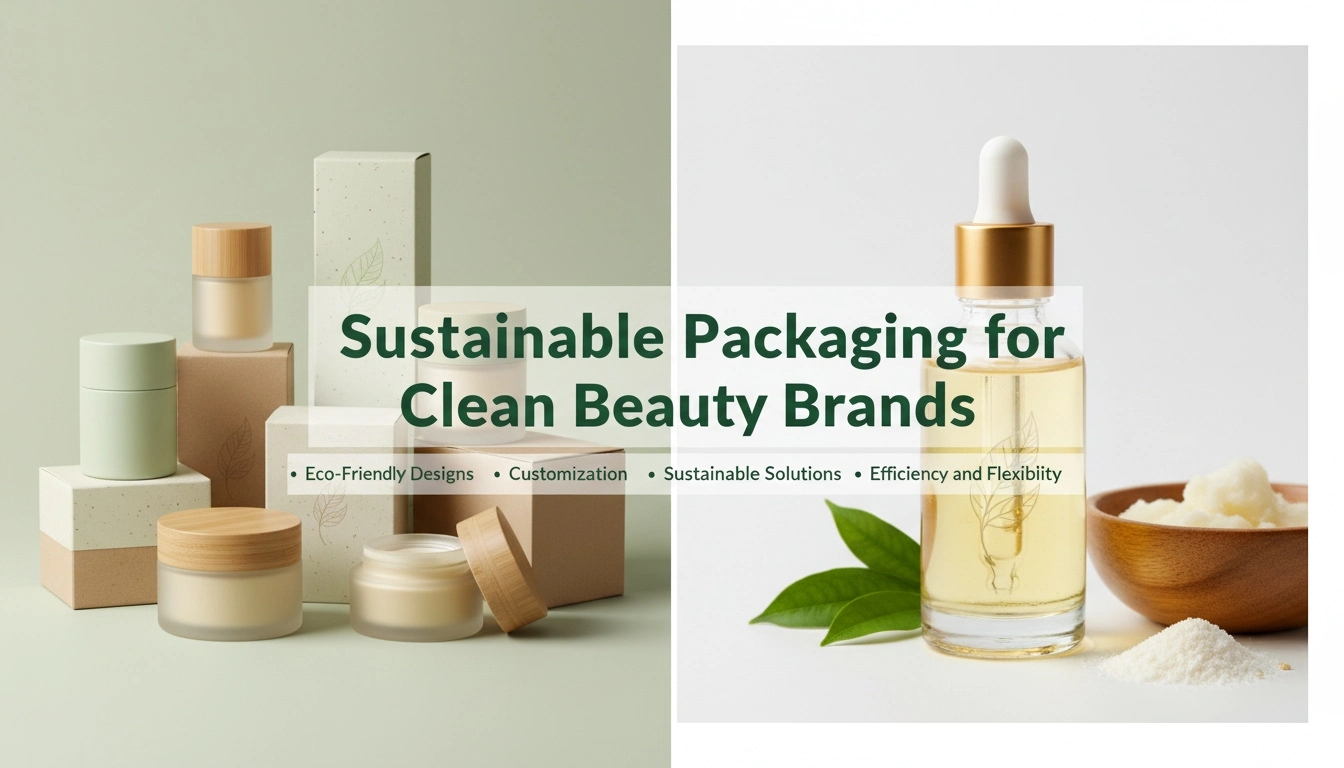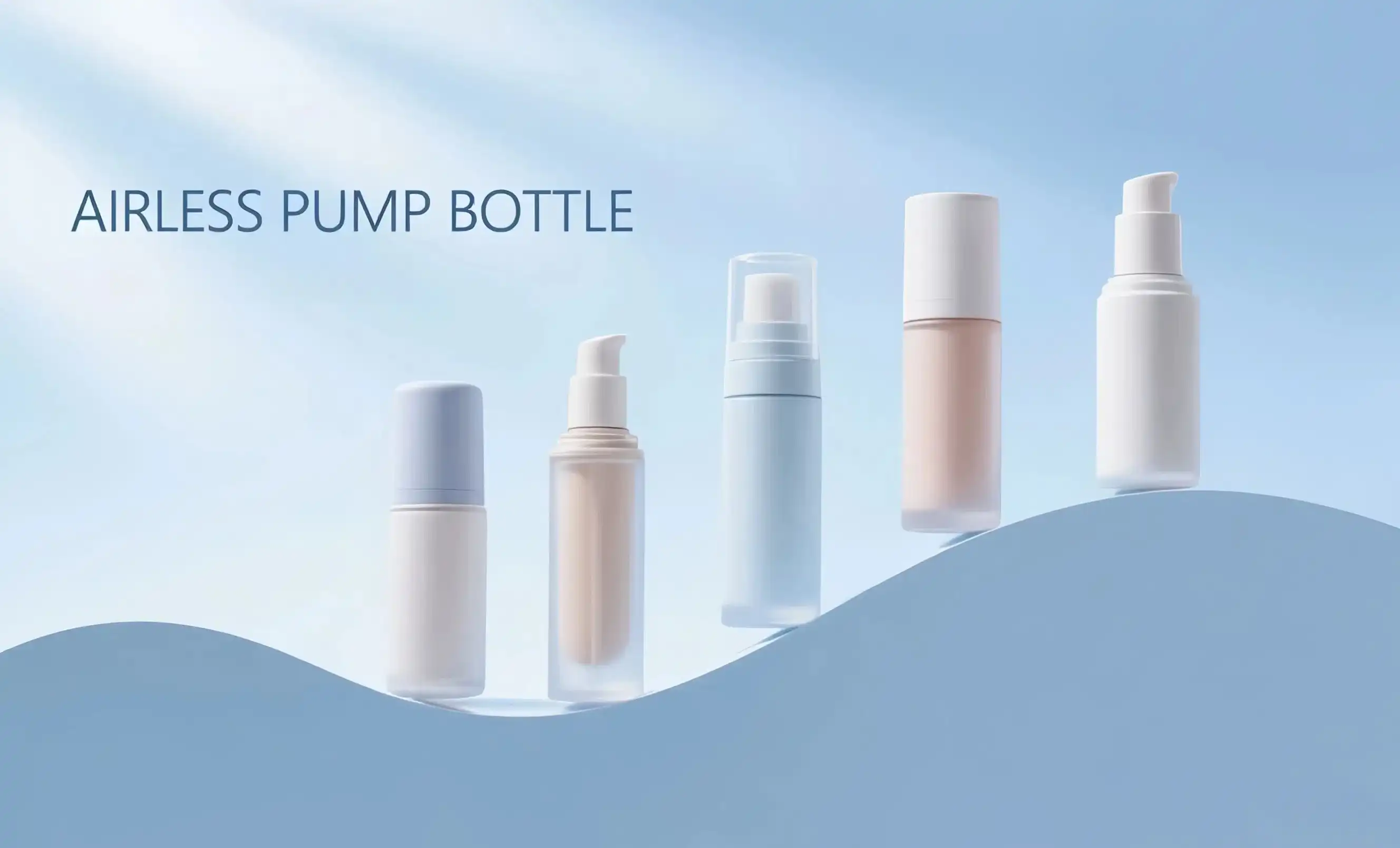Airless Tube Packaging uses a vacuum system to move items around without admitting air into the container. This keeps critical formulas safe. Sadly, the use of simple squeeze mechanisms in regular tube packaging puts things at risk of becoming sick. We'll take a hard look at each package choice and think about things like cost, how well it matches the product, and how buyers feel about it to give you a clear picture of the pros and downsides of each one.
Cost Analysis: Initial Investment vs. Long-term Savings
It is essential to think about the immediate expenses as well as the possible future savings when comparing Airless Tube Packaging to Traditional Tube Packaging from a financial perspective. Because of its more intricate design and production method, Airless Tube Packaging initially has a higher price point. Particularly for newer or less well-funded businesses, this might be a major consideration.

Topfeelpack's Cost-Effective Solutions
To assist close the gap between innovation and price, firms like Topfeelpack have made great progress in producing affordable Airless Tube Packaging options. Thanks to their knowledge of rapid customisation and affordable pricing, firms may get their hands on cutting-edge packaging technology without going into debt.
While the initial investment in traditional tube packaging may be lower, there may be unforeseen expenses down the road. Products may go to waste if they are overdispensed, have a lower shelf life, or even be returned by unhappy consumers because of poor packing. The precise dispensing mechanism and greater product protection of Airless Tube Packaging, on the other hand, might result in less waste and happier customers, which could save money over the long run.
Return on Investment Considerations
The initial increased cost of Airless Tube Packaging must be balanced against its potential to increase product value, decrease waste, and lengthen the product's shelf life when determining the return on investment. The increased efficiency and better user experience offered by Airless Tube Packaging makes it a worthwhile investment for high-end cosmetic and skincare firms.
Product Compatibility: Which Formulas Benefit Most?
The choice between Airless Tube Packaging and Traditional Tube Packaging often hinges on the nature of the product being packaged. Different formulations have varying sensitivities to air exposure and contamination, making packaging selection a critical factor in maintaining product integrity.
Ideal Candidates for Airless Tube Packaging
Airless Tube Packaging is particularly beneficial for products with the following characteristics:
- Sensitive ingredients prone to oxidation
- Natural or organic formulations without preservatives
- High-concentration active ingredients
- Light-sensitive compounds
- Expensive or luxury skincare products

These types of products benefit greatly from the oxygen-free environment provided by Airless Tube Packaging, which can significantly extend their shelf life and maintain their efficacy throughout use.
Traditional Tube Packaging Applications
Traditional Tube Packaging remains a viable option for:
- Products with stable formulations
- Items with higher preservative content
- Thick creams or pastes that are less affected by air exposure
- Budget-friendly products where packaging cost is a primary concern
While Traditional Tube Packaging may suffice for these types of products, it's worth noting that even stable formulations can benefit from the added protection of Airless Tube Packaging, potentially extending their usable life and maintaining product quality for longer periods.
Consumer Perception: Luxury Feel or Unnecessary Expense?
The way a product is packaged has a big effect on how people think about it and can even make them decide not to buy it. Because of this, brands that want to place their goods well in the market need to know how customers feel about Airless Tube Packaging vs. Traditional Tube Packaging.
The Allure of Airless Technology
Consumers frequently get the impression that Airless Tube Packaging is sophisticated and cutting-edge. The sleek design and exact pouring system can make a product seem more valuable, which makes it a good choice for brands that want to reach the high-end market. People who think about how well a product works and are willing to spend more on high-quality skin care or makeup may be more likely to choose products that come in tubes without air inside them.
Also, the fact that Airless Tube Packaging is clean appeals to customers who are becoming more aware of the risks of contamination. Being able to give out products without letting outside toxins in can be a big selling point, especially now that there are health worries around the world.
The Familiarity of Traditional Packaging
On the other hand, Traditional Tube Packaging benefits from its long-standing presence in the market and consumer familiarity. Some consumers may view Airless Tube Packaging as an unnecessary expense, especially if they are satisfied with traditional packaging options. The simplicity and ease of use associated with traditional tubes can be appealing to those who prefer straightforward, no-frills packaging.
Be that as it may, as more individuals learn almost the preferences of unused pressing strategies, they are getting to be more mindful of how vital Airless Tube pressing is for keeping merchandise new and making the client involvement way better.
Balancing Perception and Practicality
When brands have to choose between Airless Tube Packaging and Traditional Tube Packaging, they need to think about who they want to sell to and how they want to place their products. Even though Airless Tube Packaging may have a high-end look, it's important to make sure that the extra cost is worth it for the customer. Companies like Topfeelpack offer customization choices that offer assistance brands discover the right blend between a high-end see and valuable highlights, assembly the needs of a wide extend of customers.
Last but not least, there are a lot of things to think about when choosing between Airless Tube Packaging and Traditional Tube Packaging. These include cost, how well the goods work together, and how customers feel about them. Traditional Tube Packaging is still a good choice for some products and market groups, even though Airless Tube Packaging is better for keeping products fresh and improving the user experience. As the beauty and skincare business changes, brands that choose packages based on their needs and the people they want to reach will have the best chance of being successful.
Are you ready to take your brand's package to the next level? The experts at Topfeelpack are experts in high-tech airless packing solutions that meet the specific needs of cosmetics, skincare, and makeup brands. You can get cutting-edge packing technologies from us without having to worry about quality or cost because we care about the environment, offer quick customization, and keep our prices low. We can meet your needs whether you're a high-end beauty brand looking for fancy packing or a direct-to-consumer brand looking for quick and cheap solutions. Don't let your packaging hold your products back. Contact us today at pack@topfeelgroup.com to discover how our airless tube packaging can enhance your product's shelf life, user experience, and market appeal. Let's create packaging that not only protects your formula but also elevates your brand in the eyes of consumers.
References
1. Johnson, A. (2023). "The Evolution of Cosmetic Packaging: From Traditional to Airless Solutions." Journal of Packaging Technology and Research, 18(3), 245-260.
2. Smith, B. & Lee, C. (2022). "Consumer Perceptions of Luxury Skincare Packaging: A Comparative Study." International Journal of Cosmetic Science, 44(2), 178-195.
3. Garcia, M. et al. (2023). "Shelf-Life Extension in Skincare Products: The Role of Airless Packaging." Cosmetics & Toiletries Magazine, 138(5), 32-40.
4. Wong, R. (2022). "Cost-Benefit Analysis of Advanced Packaging Technologies in the Beauty Industry." Beauty Packaging, 27(4), 56-63.
5. Patel, S. (2023). "Sustainability in Cosmetic Packaging: Trends and Innovations." Sustainable Packaging Journal, 12(2), 89-104.
6. Brown, T. & Davis, E. (2022). "The Impact of Packaging on Product Efficacy: A Study of Airless vs. Traditional Tubes." International Journal of Cosmetic Science, 45(1), 112-128.

 - 副本_1745399213966.webp)

_1747827716538.webp)

